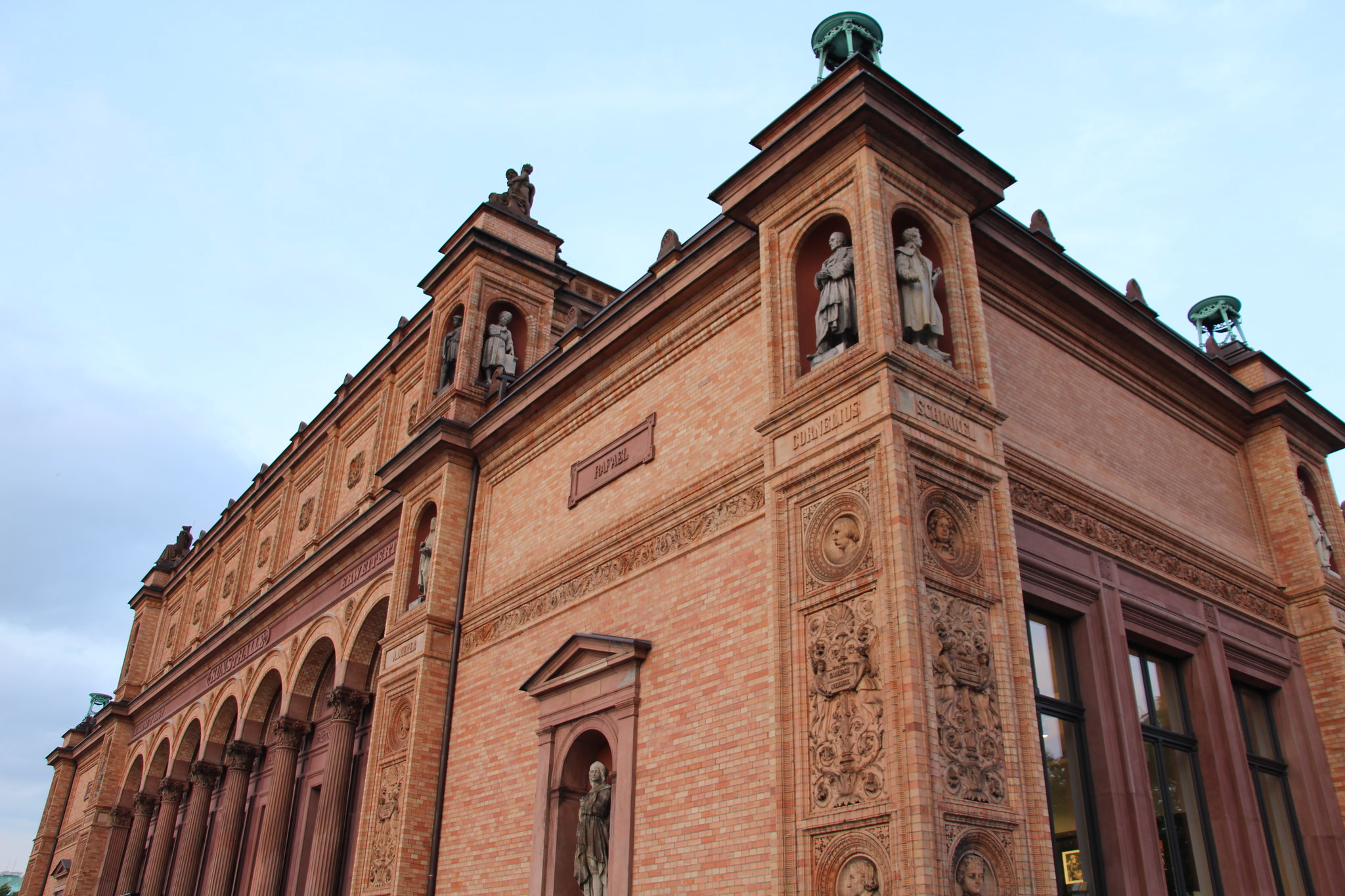The Hamburger Kunsthalle is a prominent art museum located in Hamburg, Germany. Founded in 1869, it is one of the largest and most important art museums in the country. The museum complex consists of three connected buildings spanning different architectural styles, housing a vast collection of art from the Middle Ages to the present day. The Kunsthalle’s extensive holdings include works by renowned artists such as Caspar David Friedrich, Edvard Munch, and Max Liebermann, as well as significant collections of 19th-century German and French paintings. The museum also features contemporary art, prints, drawings, and sculptures. With its diverse exhibitions and educational programs, the Hamburger Kunsthalle plays a vital role in Hamburg’s cultural landscape and attracts art enthusiasts from around the world.
The Hamburger Kunsthalle, one of Germany’s most prestigious art museums, is home to an impressive collection of German Expressionist masterpieces that continue to captivate visitors from around the world. This vibrant movement, which flourished in the early 20th century, is known for its bold colors, distorted forms, and emotional intensity – all of which are on full display in the museum’s carefully curated galleries.
As you wander through the Expressionist wing, you’ll find yourself face-to-face with some of the most iconic works of the period. The collection boasts pieces by renowned artists such as Ernst Ludwig Kirchner, Emil Nolde, and Franz Marc, each offering a unique perspective on the tumultuous times in which they lived. Kirchner’s angular, energetic street scenes capture the frenetic pace of urban life in pre-war Germany, while Nolde’s richly colored landscapes and religious scenes pulse with an almost supernatural intensity.
One of the standout pieces in the collection is Franz Marc’s “The Blue Horse I,” a striking example of the artist’s fascination with animals and color symbolism. The painting’s vivid blue horse, set against a backdrop of swirling reds and yellows, seems to leap off the canvas with an otherworldly energy. It’s a prime example of how the Expressionists sought to convey emotion and spiritual truths through their art, rather than simply reproducing reality.
Moving through the galleries, you’ll also encounter works by lesser-known but equally talented artists of the movement. August Macke’s luminous, color-saturated scenes of everyday life offer a more optimistic counterpoint to some of the darker, more introspective works on display. Meanwhile, Paula Modersohn-Becker’s haunting self-portraits and intimate depictions of rural life showcase the often-overlooked contributions of women artists to the Expressionist movement.
The Hamburger Kunsthalle’s collection doesn’t shy away from the more challenging aspects of German Expressionism, either. Many of the works on display reflect the artists’ responses to the horrors of World War I and the social upheaval that followed. Otto Dix’s grotesque, unflinching portraits of war veterans and prostitutes serve as a stark reminder of the human cost of conflict, while George Grosz’s biting satirical drawings skewer the excesses and hypocrisies of Weimar-era society.
What sets the Hamburger Kunsthalle’s Expressionist collection apart is not just the quality of the individual works, but the way they’re presented. The museum’s curators have done an excellent job of contextualizing the art, providing visitors with insights into the historical and cultural factors that shaped the movement. Informative wall texts and multimedia displays help bring the era to life, making the sometimes challenging subject matter more accessible to casual art enthusiasts and experts alike.
As you make your way through the galleries, you’ll find that the Expressionist works are in dialogue not just with each other, but with pieces from other periods and movements in the museum’s collection. This thoughtful curation allows visitors to trace the influence of Expressionism on later artists and to see how it fits into the broader narrative of art history.
Whether you’re a longtime fan of German Expressionism or a curious newcomer, the Hamburger Kunsthalle’s collection is sure to leave a lasting impression. The raw emotion, bold experimentation, and unflinching social commentary of these works continue to resonate with viewers more than a century after they were created. As you exit the Expressionist galleries, you’ll likely find yourself seeing the world through new eyes – a testament to the enduring power of this revolutionary artistic movement.
The Hamburger Kunsthalle is a significant art museum in Hamburg, Germany, housing an extensive collection spanning from medieval to contemporary art. With its diverse exhibitions, impressive architecture, and commitment to both traditional and modern artistic expressions, the museum plays a vital role in Hamburg’s cultural landscape. The Kunsthalle’s ongoing efforts to engage visitors through innovative programming and its dedication to preserving and showcasing important works of art ensure its continued relevance as a major cultural institution in Northern Germany and beyond.

